Market Share
Drone Package Delivery System Market Share Analysis
In the rapidly evolving landscape of the Drone Package Delivery System Market, companies are deploying various strategies to secure and enhance their market share. These strategies are crucial for navigating the competitive dynamics of the logistics and transportation industry and addressing the evolving needs of customers worldwide.
Product differentiation stands as a fundamental strategy in the Drone Package Delivery System Market. Companies aim to differentiate their drone delivery solutions by offering unique features, capabilities, and service packages tailored to specific customer segments. This may involve providing specialized services such as same-day or express delivery, last-mile delivery, or delivery to remote or inaccessible locations. Additionally, companies focus on developing innovative drone technologies, including autonomous flight systems, precision navigation, and payload capacity optimization, to deliver superior performance, reliability, and efficiency. By providing differentiated products and services that address the specific requirements of different market segments, companies can gain a competitive advantage and capture market share in this dynamic and rapidly growing market.
Cost leadership is another critical strategy in the Drone Package Delivery System Market, particularly as companies aim to offer cost-effective solutions that provide value for money. Companies work to optimize their drone delivery networks, reduce operating costs, and leverage economies of scale to offer competitive pricing for their services. By providing affordable drone delivery solutions without compromising on quality or reliability, companies can attract a broader customer base and gain market share, especially in price-sensitive segments of the market.
Segmentation plays a significant role in market share positioning in the Drone Package Delivery System Market. Companies identify and target specific market segments based on factors such as geographical location, delivery requirements, package size, and customer preferences. For example, they may tailor their drone delivery services to meet the needs of e-commerce retailers, healthcare providers, logistics companies, or government agencies. By understanding the unique needs and preferences of different segments, companies can develop targeted marketing strategies and customized service offerings that resonate with their target customers, thereby maximizing their market share within each segment.
Strategic partnerships and collaborations are essential for market share positioning in the Drone Package Delivery System Market. Companies often form alliances with e-commerce platforms, logistics providers, regulatory bodies, and technology partners to leverage complementary expertise, resources, and distribution channels. These partnerships enable companies to expand their market reach, enhance their service offerings, and address emerging market opportunities more effectively. For example, collaborations with e-commerce platforms may allow drone operators to access a larger customer base, streamline order fulfillment processes, and offer integrated delivery solutions, thereby gaining a competitive advantage in the market.
Brand reputation and trust are critical factors in the Drone Package Delivery System Market, where reliability, safety, and customer satisfaction are paramount considerations for customers. Companies invest in building strong brands that are synonymous with quality, integrity, and compliance with regulatory standards. By consistently delivering reliable and safe drone delivery services and providing excellent customer support, companies can earn the trust of customers and foster long-term relationships, thereby solidifying their market share and enhancing their competitive position.
Furthermore, companies in the Drone Package Delivery System Market must remain agile and adaptable to changes in technology, regulations, and market dynamics. This requires ongoing investment in research and development to innovate new drone technologies, improve operational efficiency, and address emerging customer needs. By staying ahead of the curve and offering solutions that meet the evolving demands of the market, companies can maintain their competitive position and seize new opportunities for growth in a rapidly changing industry.

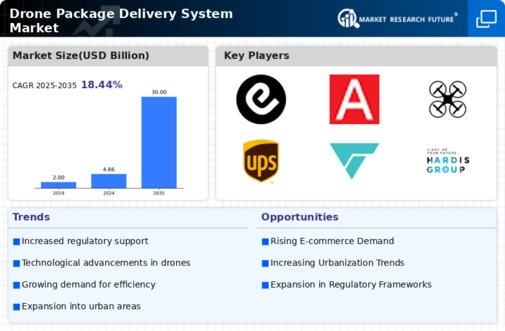
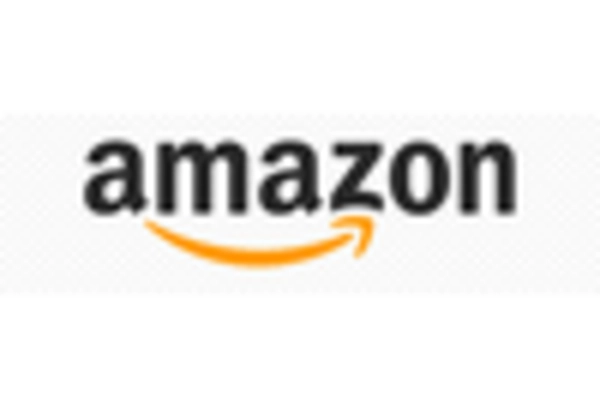
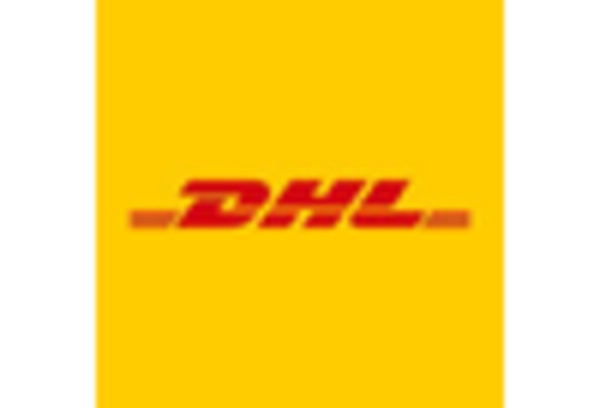
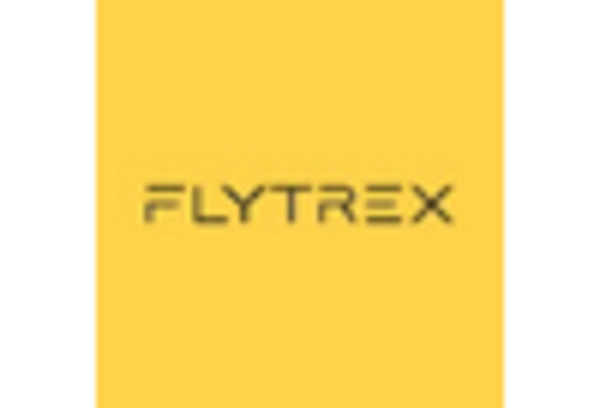
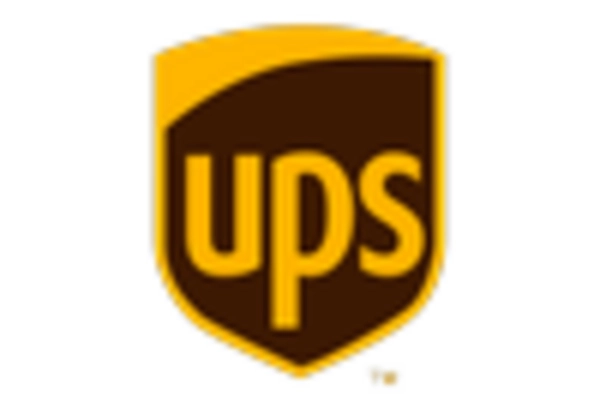
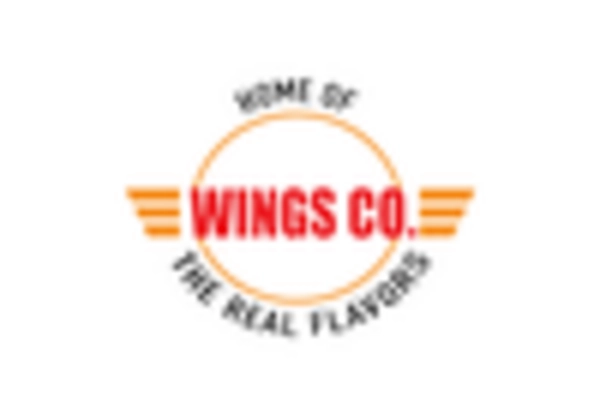










Leave a Comment